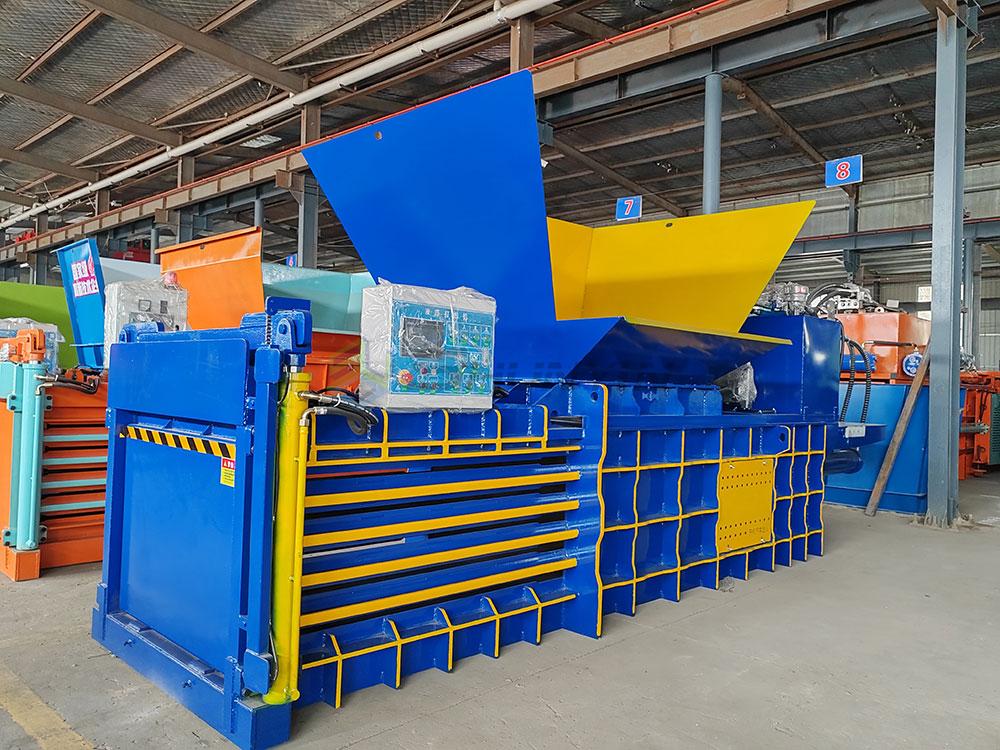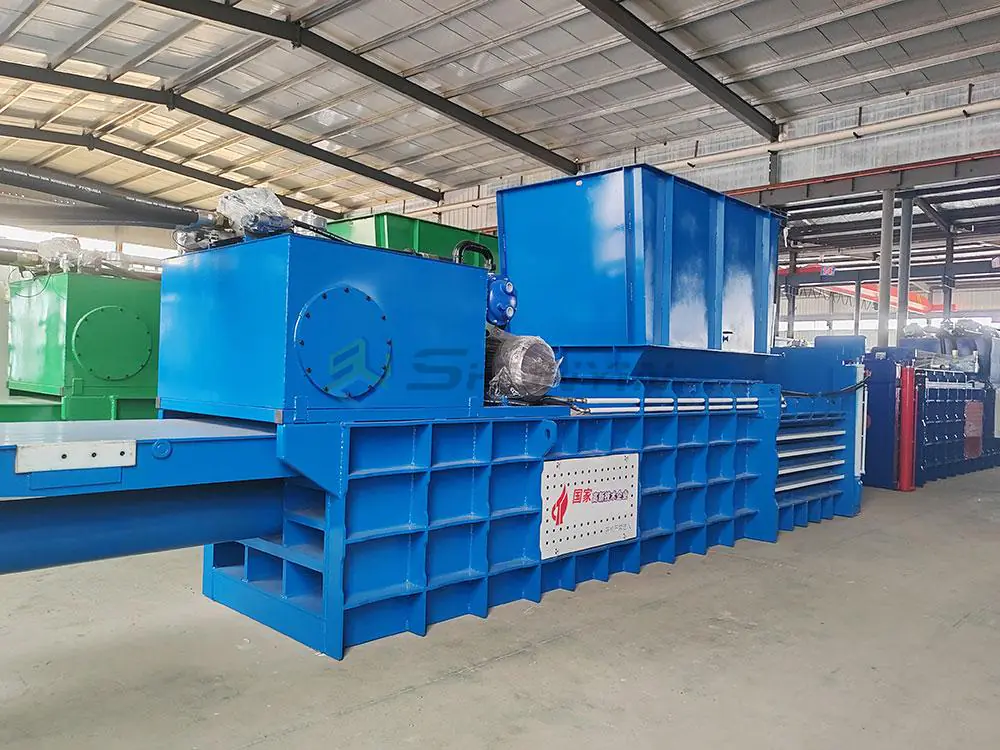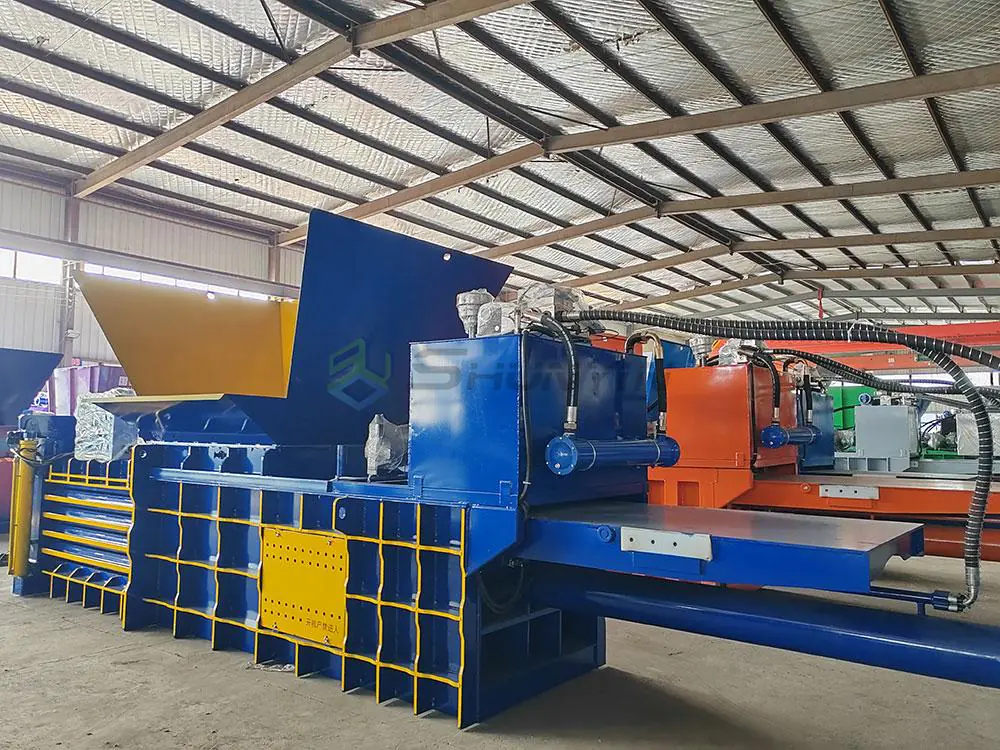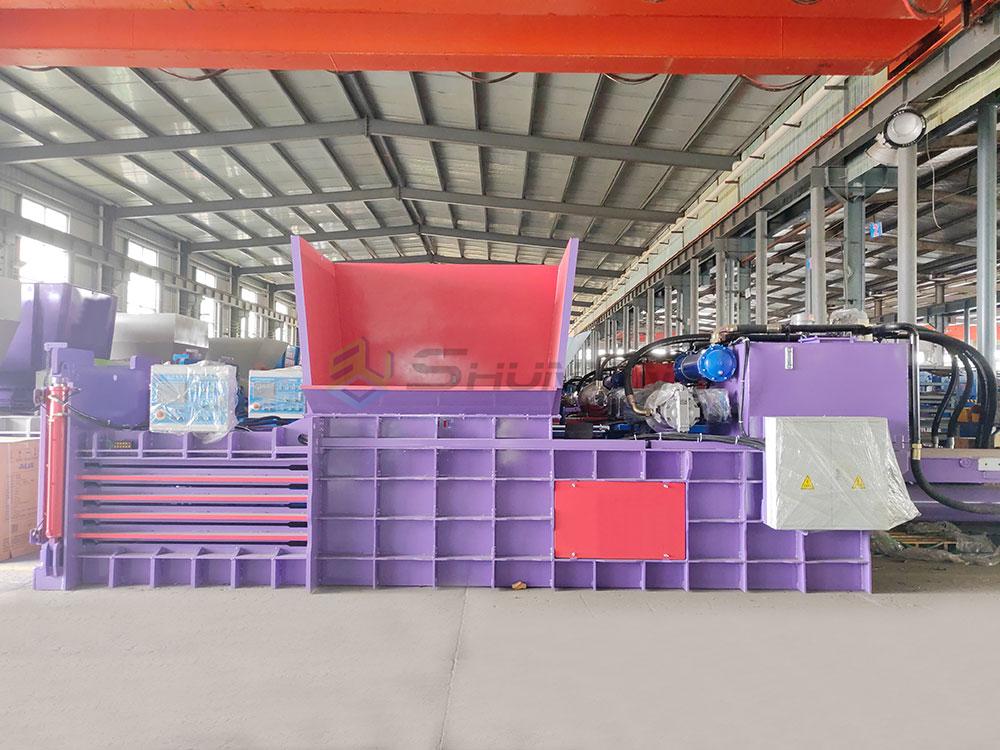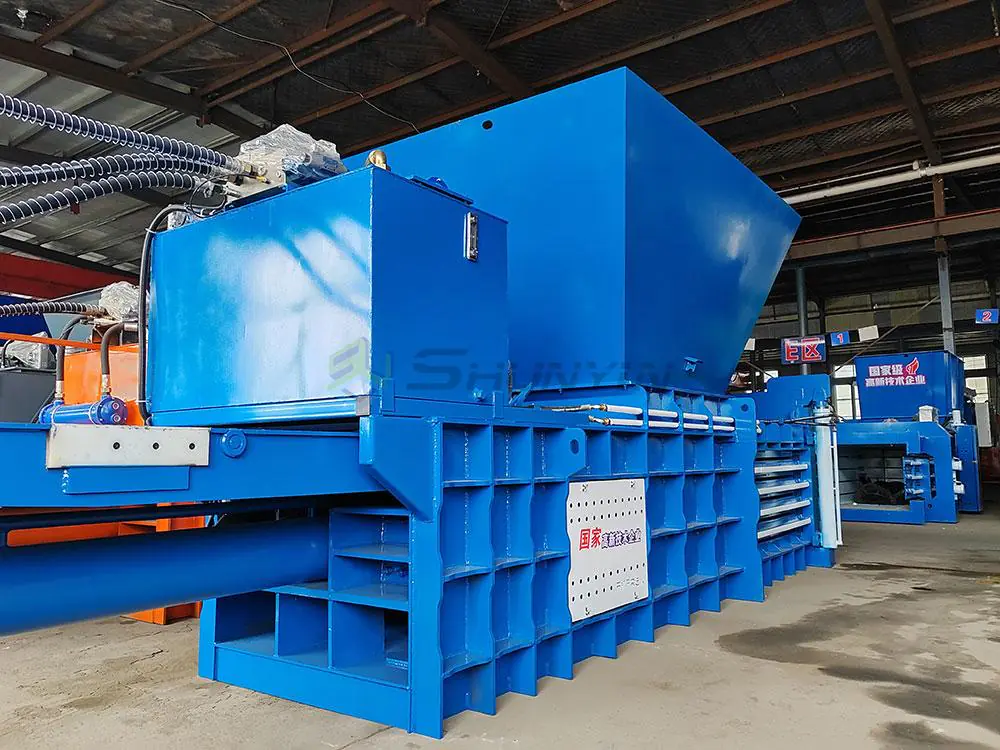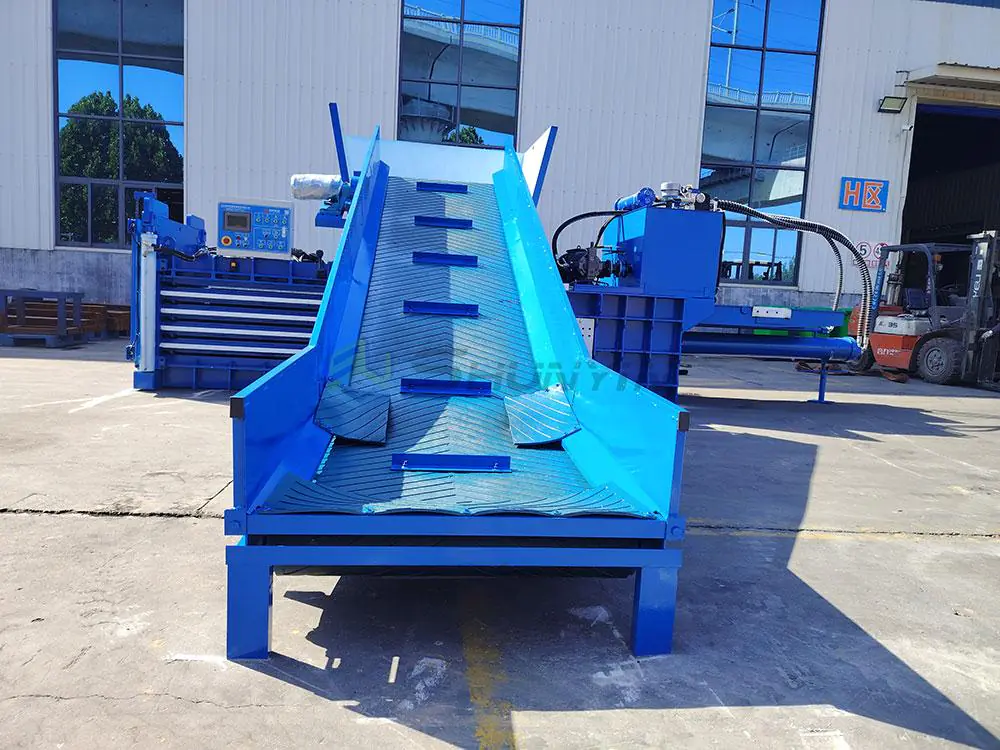
Manual pallet wrapping is slow, inconsistent, and wasteful. Businesses lose time and money. A self-propelled stretch wrapping machine solves this problem with automation and precision.
A self-propelled stretch wrapping machine moves around a pallet, applying stretch film evenly. It uses sensors and a motorized system to wrap loads securely, reducing labor costs and film waste.
Understanding how this machine works can help businesses save time, cut costs, and improve packaging efficiency. Let’s dive into the details.
How does a wrapping machine work?
Wrapping pallets manually is exhausting. Uneven wrapping leads to unstable loads, wasted film, and high labor costs. A wrapping machine eliminates these issues.
A wrapping machine applies stretch film around a load using automated controls. It ensures consistent wrapping, reduces material waste, and enhances load stability during transportation.

The Core Functions of a Wrapping Machine
A wrapping machine automates the wrapping process using several key components:
| Component | Function |
|---|---|
| Film carriage | Holds and dispenses the stretch film. |
| Turntable/Arm | Rotates the load or moves around it. |
| Pre-stretch system | Stretches film to reduce material usage. |
| Control panel | Adjusts wrapping settings like speed and tension. |
Why Automation Matters
Hand wrapping is inefficient. It requires significant labor and often leads to uneven film tension. A wrapping machine ensures:
- Lower material costs due to controlled pre-stretching.
- Faster packaging with automated wrapping cycles.
- Stronger load stability preventing transport damage.
By automating wrapping, businesses achieve consistency, efficiency, and cost savings.
How does stretch wrap work?
Stretch wrap is a simple yet powerful packaging tool. It keeps loads secure during shipping, but how does it work?
Stretch wrap stretches and contracts around a load, applying tension to hold products together. It is made from elastic polyethylene, ensuring a tight and secure hold.

The Science Behind Stretch Wrap
Stretch wrap is made of linear low-density polyethylene (LLDPE). This material allows the film to stretch without breaking. When wrapped, it creates tension that holds items together.
| Property | Effect |
|---|---|
| High elasticity | Enables the film to stretch without tearing. |
| Cling additives | Helps the film stick to itself. |
| Puncture resistance | Prevents tearing during transport. |
Hand Wrapping vs. Machine Wrapping
There are two ways to apply stretch wrap:
- Hand Wrapping – Workers manually stretch and wrap the film around the load. This method is inconsistent and labor-intensive.
- Machine Wrapping – A wrapping machine applies the film evenly, reducing waste and improving load stability.
Using a wrapping machine ensures optimal stretch, cost savings, and better load protection.
How much does a stretch wrap stretch?
Not all stretch films stretch the same way. The stretching capacity impacts film usage, load security, and cost efficiency.
Stretch wrap can stretch between 100% and 300% of its original length, depending on the type of film and pre-stretch settings.

Understanding Stretch Ratios
Different films have different maximum stretch capabilities:
| Film Type | Maximum Stretch Ratio |
|---|---|
| Standard stretch film | 100% – 150% |
| High-performance film | 200% – 250% |
| Machine stretch film | 250% – 300% |
Why Pre-Stretching Matters
A self-propelled stretch wrapping machine pre-stretches the film before applying it. This process:
- Reduces material consumption.
- Improves load stability.
- Lowers overall packaging costs.
For example, with a 300% pre-stretch, 1 meter of film becomes 4 meters, significantly reducing material waste.
What is a shrink wrap machine called?
Shrink wrap and stretch wrap are often confused. While they look similar, they function very differently.
A shrink wrap machine is called a "heat shrink machine" or "heat sealer." It applies heat to shrink plastic film tightly around an item for protection and packaging.

Stretch Wrap vs. Shrink Wrap
| Feature | Stretch Wrap | Shrink Wrap |
|---|---|---|
| Application Method | Stretched around the load | Heated to shrink around the item |
| Material Used | LLDPE (Stretch Film) | PVC, Polyolefin (Shrink Film) |
| Purpose | Holding loads together | Sealing and protecting items |
How Shrink Wrap Machines Work
Shrink wrap machines use heat to shrink plastic film around a product. The process involves:
- Placing the product in shrink film.
- Sealing the edges using a heat sealer.
- Applying heat to shrink the film tightly around the item.
Shrink wrap is commonly used for food, electronics, and retail packaging but is not suitable for pallet wrapping.
Conclusion
A self-propelled stretch wrapping machine automates pallet wrapping, improving efficiency and stability. It ensures consistent film application, reduces waste, and saves businesses time and money.


